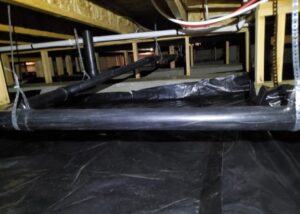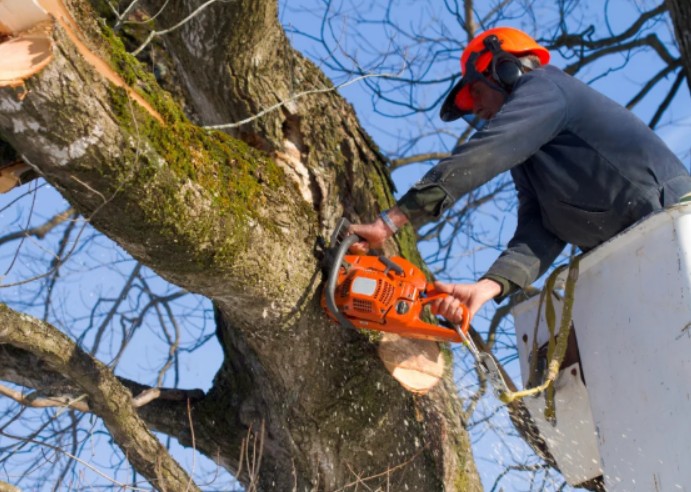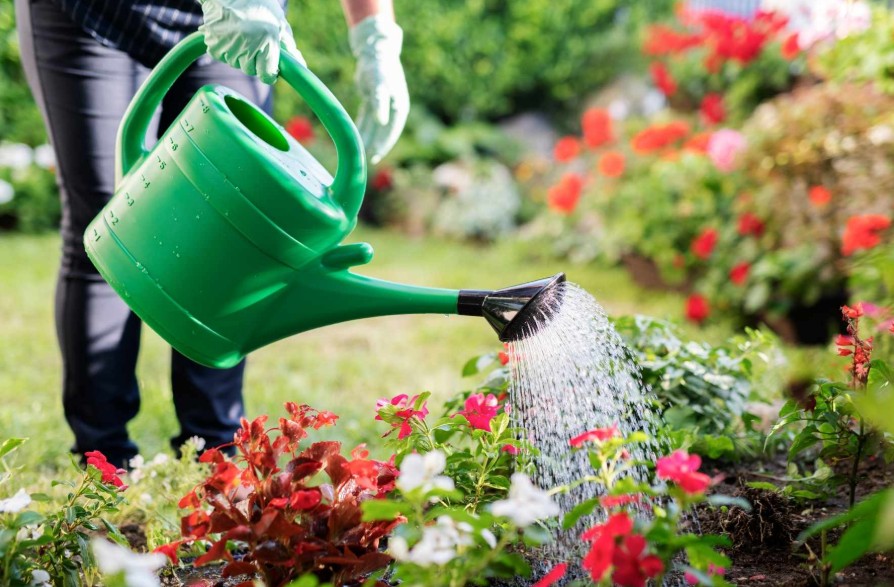Which Decking Materials Offer the Longest Lifespan?

When planning a new deck, every homeowner wants it to last as long as possible. A deck is more than just an outdoor platform — it’s a place for weekend barbecues, family gatherings, and quiet mornings with coffee. However, not all decking materials are created equal. Some may look great at first, but wear down quickly over time. Others are built to withstand harsh weather, foot traffic, and even insects for decades.
Knowing which materials offer the longest lifespan can help you make a smart investment in your outdoor space. This guide will walk you through the most durable decking materials, what makes them last, and how to choose the best option for your home.
Why Lifespan Matters in Decking
A deck can be a major investment, so choosing materials that go the distance is essential. Durability impacts everything from how often you’ll need to perform maintenance to how soon you might have to replace the entire structure. Choosing the right material from the start is key if you want your deck to remain safe, beautiful, and usable for many years.
Lifespan becomes even more important for homeowners looking into decking in Rhode Island. The region’s humid summers, snowy winters, and salty coastal air can affect outdoor materials. That’s why choosing a decking material that can handle the local climate is smart.
Natural Wood: Classic, But Maintenance-Heavy
Wood is one of the most traditional choices for decking. Its natural appearance and texture appeal to many homeowners. However, not all wood is the same in terms of lifespan.
Pressure-Treated Lumber
Pressure-treated wood is affordable and widely available. It’s treated to resist rot and insects, but it still needs regular sealing, staining, or painting to keep it in good shape. Pressure-treated decking lasts about 10 to 15 years with proper care.
Cedar and Redwood
These naturally rot-resistant woods are a step up in durability and visual appeal. With regular maintenance, cedar and redwood decks can last up to 20 years. However, they are softer woods so they can be prone to scratching and denting.
Tropical Hardwoods
Hardwoods like ipe, tigerwood, and cumaru are known for their exceptional durability. These dense woods resist decay, insects, and weather damage extremely well. A hardwood deck can last 25 to 40 years or more, but it comes at a higher price and may require special tools for installation.
Composite Decking: Long-Lasting and Low Maintenance
Composite decking is made from a blend of wood fibers and plastic. It has become popular because it looks like wood but doesn’t require as much upkeep. Most composite products resist fading, cracking, and warping, making them ideal for busy households.
High-quality composite decking can last 25 to 30 years or more. Some premium brands even come with 50-year warranties. Unlike natural wood, composite doesn’t need to be sanded, stained, or sealed. You’ll just need to clean it a few times a year with soap and water.
Keep in mind that not all composite decking is created equal. Lower-end products may fade or scratch more easily, so it’s worth investing in a higher-grade material for the longest life.
PVC Decking: Built to Last
PVC (polyvinyl chloride) decking is made entirely of plastic, which makes it one of the longest-lasting options on the market. It doesn’t absorb moisture, so it won’t rot, warp, or crack like wood. It’s also resistant to mold, mildew, and insect damage.
PVC decking can easily last 30 to 50 years and is virtually maintenance-free. It’s ideal for wet or coastal environments and performs exceptionally well in areas with harsh weather. Some brands offer textured surfaces and color options that closely mimic real wood.
The main downside is the cost—PVC is often more expensive than wood or composite materials. However, its long lifespan and low upkeep may offset the upfront investment.
Aluminum Decking: Ultra-Durable and Unique
Though less common, aluminum decking is incredibly strong and long-lasting. It doesn’t rust, warp, crack, or rot. It’s also fireproof and highly slip-resistant, making it one of the safest options.
Aluminum decking can last 50 years or more, making it a top-tier choice in terms of durability. It also stays cool in the sun and is available in various finishes. However, it has a different look and feel than wood, which may not appeal to every homeowner.
The biggest barrier is cost—aluminum is one of the most expensive decking materials. But for those looking for the longest possible lifespan with minimal maintenance, it’s hard to beat.
Comparing Lifespans at a Glance
Here’s a quick comparison of common decking materials and their expected lifespans:
- Pressure-Treated Wood: 10–15 years
- Cedar/Redwood: 15–20 years
- Tropical Hardwoods: 25–40 years
- Composite Decking: 25–30+ years
- PVC Decking: 30–50 years
- Aluminum Decking: 50+ years
Choosing the Right Option for You
The best decking material for your home depends on your goals, climate, and budget. If you love the look and feel of natural wood and don’t mind the upkeep, cedar or hardwoods may be a good fit. If you want something that lasts longer and requires less maintenance, composite or PVC may be the way.
Always consider the local climate, how much use your deck will get, and whether you can commit to regular maintenance. A well-chosen material can save you time, money, and hassle in the long run.
Final Thoughts
A durable deck starts with the right materials. While natural wood offers timeless charm, newer options like composite, PVC, and aluminum deliver impressive lifespans with minimal upkeep. Choosing the right type of decking ensures your outdoor space stays safe, attractive, and functional for years to come.
Ready to build a deck that will stand the test of time? The RI Deck & Patio Builders team specializes in designing and installing decks that combine beauty, strength, and lasting value. Contact us today to schedule a consultation and explore the best long-lasting materials for your outdoor space.







